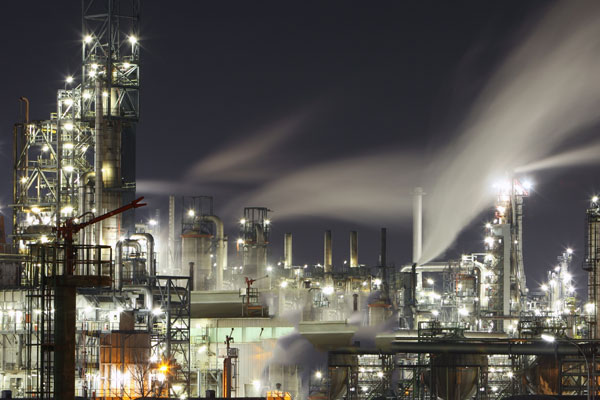Introduction
Leak testing is a procedure for detecting production faults and ensuring product integrity. Depending on the system, many ways can be used to test the job. These tests guarantee that the components are working properly and that consumers are safe. The size of the products, the materials utilised, the temperature, and the existence of any form of a coating on the surfaces are all considerations to consider when choosing a process. But before we understand what leak testing is, we need to understand the basic principles of leaks and leak testing.
The concept of a leak
A leak occurs when liquid or gas passes through the walls of a product as a result of a flaw or defect such as a fracture, hole, or faulty seal. A pressure difference must be created for a leak to occur. The gas or liquid constantly flows from higher pressure to lower pressure. Leaks are typically thought to travel from positive to ambient pressure. Positive pressure is the pressure inside an object, while atmospheric pressure is the pressure outside. This consideration underpins all units of measurement and models.
Units used in leak testing
The units for air leaks into the atmosphere are mm3 or cm3 (cc) per second or minute. As a result, 16.6 mm3/sec equals 1 cm3/min. Underwater, a bubble is around 30-50 mm3. Therefore one bubble per second is 30 mm3/sec or 2 cm3/min. The mbarl/sec is a standard unit of leakage that takes air pressure into account (millibar-litre per second). For example, a 1 mbarl/sec leak into the atmosphere corresponds to a 1000 mm3/sec volume leak.
Leak testing systems
Helium systems and pressure/vacuum systems are two of the most common systems utilised in leak tests. Both systems are briefly described here.
Helium system
A vacuum pump is used to simultaneously evacuate the test chamber and the test item to a preset vacuum, after which they are isolated. Then, the pressure in the chamber is dropped even more to create a positive pressure variation.
A sample of air from the chamber is analysed using a mass spectrometer after helium gas is put into the test piece. The spectrometer determines if the product passed or failed the test by measuring helium leakage.
Pressure/vacuum system
A differential pressure transducer is used to detect pressure changes in the system. The presetting the pressure and the control valve, and the transducer determines the system’s specificity and sensitivity. The test piece and reference volume are both pressurised or evacuated to a predetermined pressure simultaneously.
The air in the system is allowed to stabilise with the supply valves closed, and the transducer is instantly set to zero. The pressure change in the test piece is compared to the pressure change in the reference volume after stabilisation. If the piece leaks, the difference will grow larger, and the leak will be measured.
Factors for selecting the different types of leak tests
When choosing a leak tester to evaluate your products, keep a few things in mind. These are the factors:
- The component’s size
- Internal space
- The maximum leakage
- Flexibility
- Specific sections of the product’s temperature
- Any sealed surfaces’ surface finish
- Internal volumes that could affect leak detection
- All of the parts are clean and dry.
Conclusion
Leak testing is necessary for various industries, including medical, engineering, food processing, and automotive. The pressure vacuum system is widely utilised in air leak tests, becoming increasingly popular across many industries.



